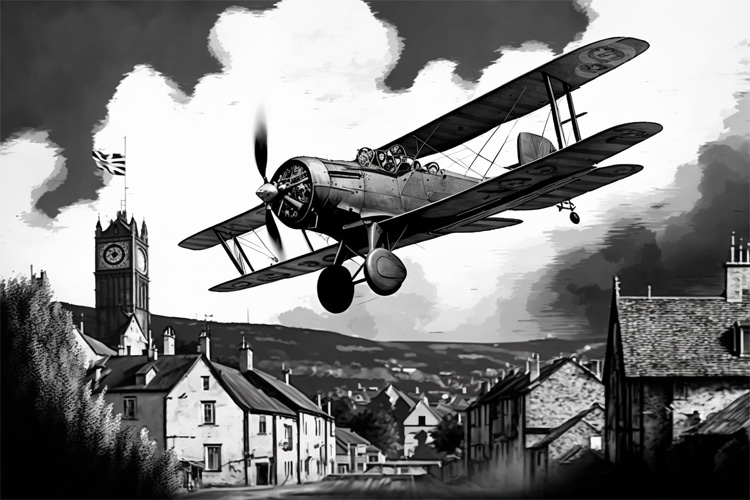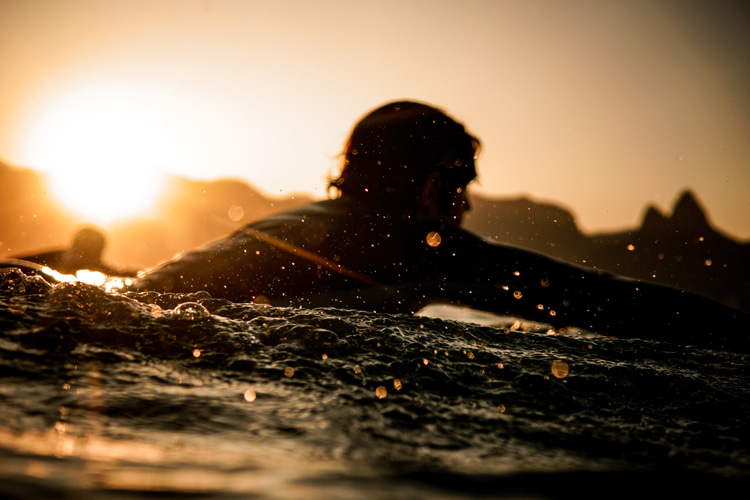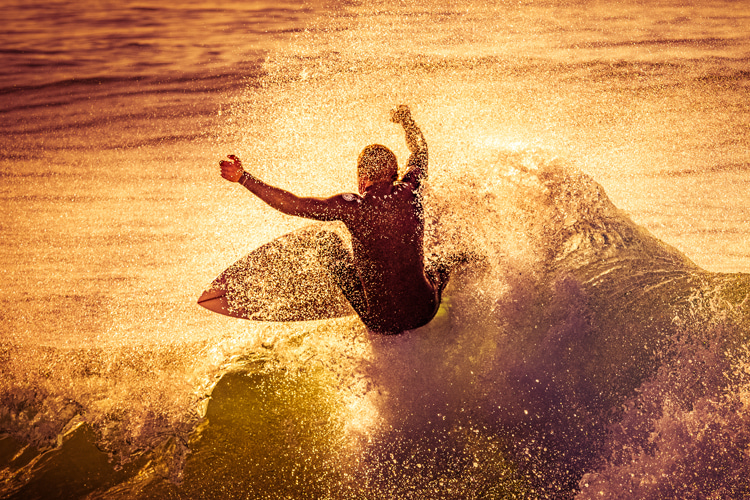Experienced surfers are no strangers to the concept of "dawn patrol." It's a golden opportunity for them to catch dream waves in the early morning hours. But how did the surfing community adopt this idea?
The term "dawn patrol" traces its roots back to World War I, specifically in the context of military aviation.
It involved the British Royal Flying Corps (RFC), which later became the Royal Air Force (RAF) in 1918, as well as the French and German air forces.
In the early years of the war, the RFC began conducting reconnaissance missions to gather intelligence on enemy positions and movements.
These missions were carried out at dawn to minimize the risk of detection and take advantage of the limited visibility.
Flights took place at dawn to take advantage of the limited visibility and reduced chances of being detected by enemy forces.

Gathering Early Morning Data
The first "dawn patrols" took place on the Western Front, primarily in France and Belgium, the main theater of conflict during the war.
Here, aerial reconnaissance was critical. But as the war progressed, other nations also adopted similar tactics.
The French Aéronautique Militaire and the German Luftstreitkräfte both engaged in similar early morning flights for reconnaissance and observation purposes.
These dawn patrols played a critical role in the war, providing crucial intelligence that helped shape military strategies and tactics.
As aerial technology advanced throughout the war, the dawn patrols also evolved, incorporating new aircraft designs, weapons, and communication systems.
The aerial combat tactics developed during this period laid the groundwork for modern air warfare.
"The Dawn Patrol" is a 1930 American pre-Code World War I film that revolves around a group of British fighter pilots stationed in France during World War I.
It focuses on the relationships and camaraderie between the pilots, as well as the challenges and strains of their dangerous missions, which include early morning reconnaissance and combat flights known as "dawn patrols."

From Air to Surface
Over time, the term "dawn patrol" expanded into popular culture, taking on a broader meaning.
It now refers to any group or activity that starts very early in the morning, often before sunrise, across various contexts, such as surfing, skiing, or other outdoor pastimes.
In surf culture, "dawn patrol" refers to the practice of surfers hitting the waves early in the morning, generally before sunrise, for instance, between 4 and 7 am.
There are several reasons for that, including:
- Less crowd: During dawn patrol, popular surf spots are typically less crowded, allowing surfers more space to catch waves and enjoy their sessions without too much competition for waves;
- Wind conditions: Early mornings often have lighter or offshore winds, resulting in cleaner wave faces and better surfing conditions. As the day progresses, the wind can pick up or change direction, making the waves less ideal for surfing;
- Tides: Depending on the surf break, tides can have a significant impact on wave quality. For some spots, the optimal tide conditions may align with early morning hours;
- Atmosphere: Many surfers appreciate the serene and peaceful atmosphere of the early morning when they can connect with nature and enjoy the tranquility before the hustle and bustle of the day begins;
The term "dawn patrol" in surf culture has thus come to symbolize dedication, passion, and a love for the sport, as surfers wake up early and brave the elements to enjoy the best conditions possible.
Similarly, in skiing, snowboarding, and mountain culture, early morning outings allow enthusiasts to enjoy fresh, untouched snow, especially after an overnight snowfall.
These "dawn patrol" sessions provide ideal conditions before the sun warms the snow, potentially causing it to become slushy or icy later in the day.
